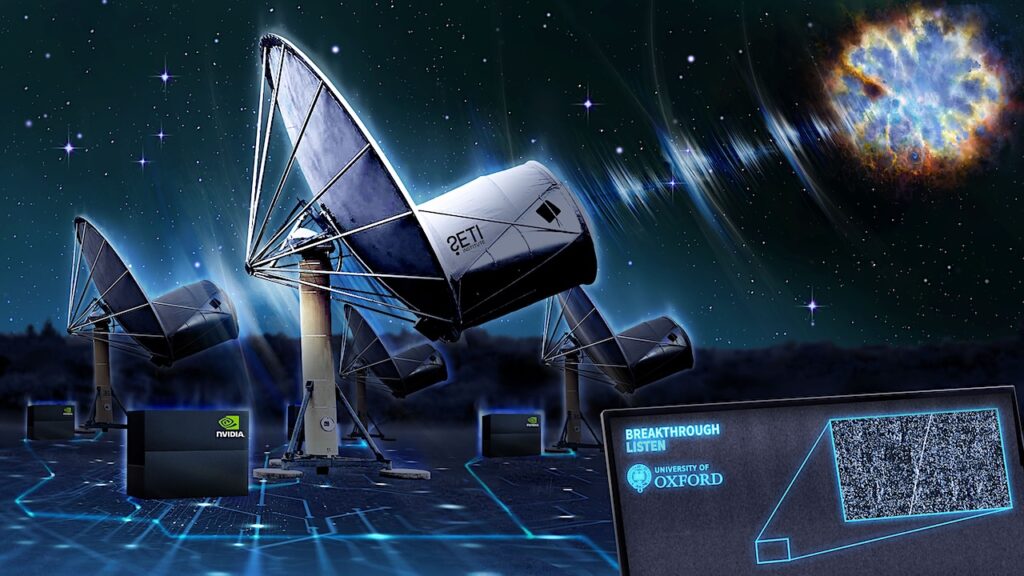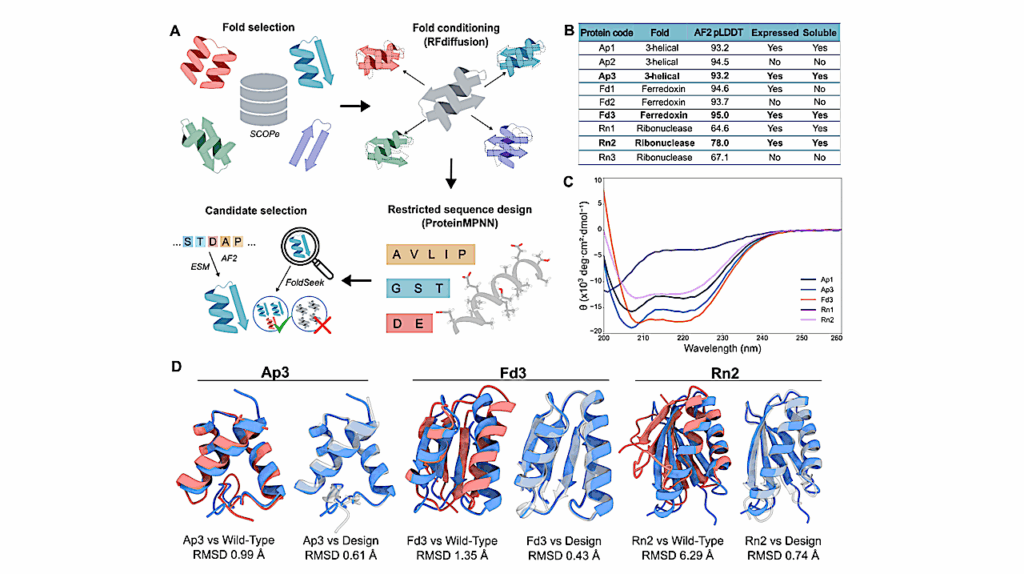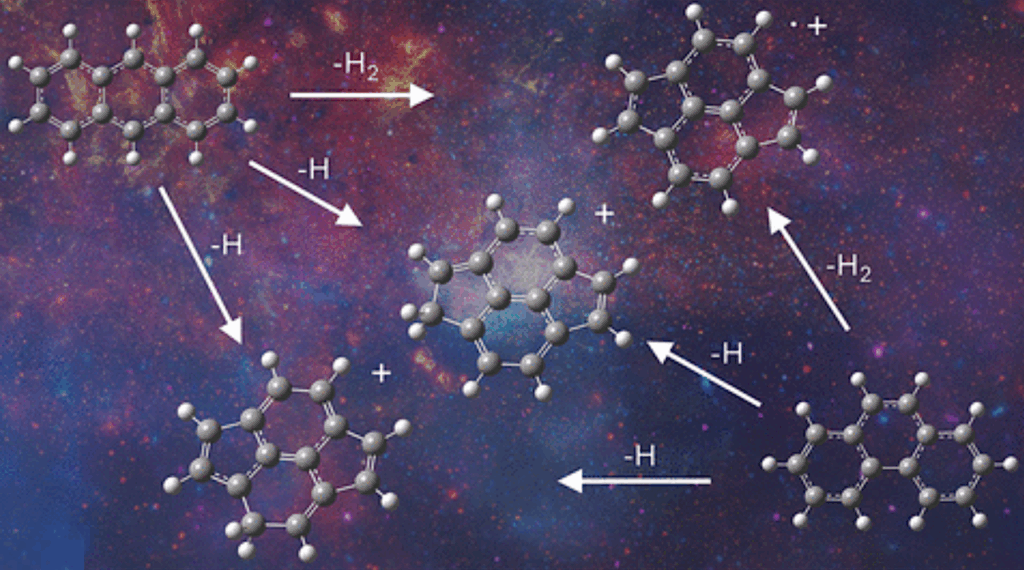Biosignatures Of The Earth I. Airborne Spectropolarimetric Detection Of Photosynthetic Life

Context. Homochirality is a generic and unique property of life on Earth and is considered a universal and agnostic biosignature. Homochirality induces fractional circular polarization in the incident light that it reflects.
Because this circularly polarized light can be sensed remotely, it can be one of the most compelling candidate biosignatures in life detection missions. While there are also other sources of circular polarization, these result in spectrally flat signals with lower magnitude. Additionally, circular polarization can be a valuable tool in Earth remote sensing because the circular polarization signal directly relates to vegetation physiology.
Aims. While high-quality circular polarization measurements can be obtained in the laboratory and under semi-static conditions in the field, there has been a significant gap to more realistic remote sensing conditions.
Methods. In this study, we present sensitive circular spectropolarimetric measurements of various landscape elements taken from a fast-moving helicopter. Results. We demonstrate that during flight, within mere seconds of measurements, we can differentiate (S/N>5) between grass fields, forests, and abiotic urban areas. Importantly, we show that with only nonzero circular polarization as a discriminant, photosynthetic organisms can even be measured in lakes.
Conclusions. Circular spectropolarimetry can be a powerful technique to detect life beyond Earth, and we emphasize the potential of utilizing circular spectropolarimetry as a remote sensing tool to characterize and monitor in detail the vegetation physiology and terrain features of Earth itself.
C.H. Lucas Patty, Jonas G. Kühn, Petar H. Lambrev, Stefano Spadaccia, H. Jens Hoeijmakers, Christoph Keller, Willeke Mulder, Vidhya Pallichadath, Olivier Poch, Frans Snik, Daphne M. Stam, Antoine Pommerol, Brice O. Demory
Comments: 7 pages, 6 figures
Subjects: Earth and Planetary Astrophysics (astro-ph.EP); Instrumentation and Methods for Astrophysics (astro-ph.IM); Biological Physics (physics.bio-ph); Biomolecules (q-bio.BM)
Cite as: arXiv:2106.00493 [astro-ph.EP] (or arXiv:2106.00493v1 [astro-ph.EP] for this version)
Submission history
From: Lucas Patty
[v1] Tue, 1 Jun 2021 13:53:57 UTC (12,020 KB)
https://arxiv.org/abs/2106.00493
Astrobiology,








